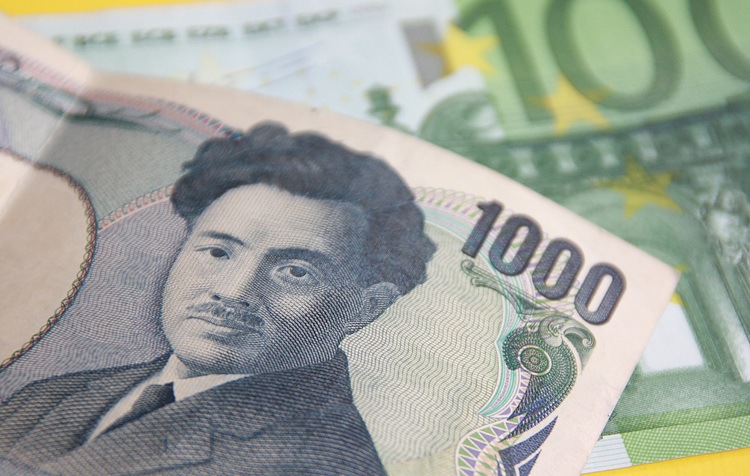China’s recent stimulus package has had a significant impact on the emerging market FX, particularly reviving the carry trade. This has put pressure on the Japanese Yen, which is a popular funding currency for this type of trade. As a result, EUR/JPY has seen some interesting movements in the market.
Currently trading in the 160.20s, EUR/JPY has experienced a 0.40% increase following China’s stimulus announcement. The carry trade involves borrowing money in a currency with low interest rates, such as the Yen, and using it to purchase a currency with higher interest rates. The recent boost in the carry trade has been attributed to China’s stimulus, which has also supported emerging market FX, making the trade more profitable.
Despite the positive impact from the stimulus, EUR/JPY has faced some setbacks. The Governor of the Bank of Japan, Kazuo Ueda, delivered a speech that strengthened the Yen and hinted at a possible interest rate increase if inflation continues to rise. Additionally, weak economic data from Germany, the largest economy in Europe, has further weighed on the Euro and added to the challenges faced by EUR/JPY.
The IFO German business sentiment index, which surveys thousands of enterprises, showed disappointing results in September. Both the Business Climate and Current Assessment indexes fell below expectations, indicating a potential risk of recession in the German economy. This data, coupled with the decline in the Eurozone economy’s activity shown in the HCOB PMI data, has had a negative impact on the Euro in various pairs, including EUR/JPY.
On the other hand, Japan’s Jibun Bank PMI data displayed a mild contraction in manufacturing but a slight increase in the services sector activity. This contrast between the Eurozone and Japan’s economic performance has contributed to the fluctuations in EUR/JPY. Overall, the combination of China’s stimulus, BoJ commentary, and weak Eurozone data has created a complex trading environment for EUR/JPY traders.











